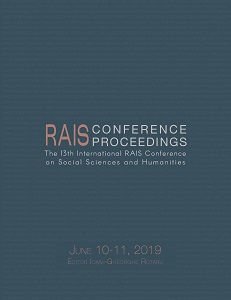What Makes a State Swing?
What Makes a State Swing?
Author(s): Jonathan L. Clayton
Subject(s): Electoral systems, Politics and Identity
Published by: Scientia Moralitas Research Institute
Keywords: wing state; bellwether; battleground; election;
Summary/Abstract: This report provides a methodology for defining and identifying true swing states in US presidential elections. After these states are identified by cross-tabulating high-performing states under the categories of battleground (states with the lowest margin between competitors), shift (states with the highest frequency of flipping from Republican to Democrat or vice-versa), and bellwether (the accuracy of a state to vote concurrently with the winner of the electoral college) during the US presidential elections from 1992 through 2016, an examination is completed to determine any similarities among these states in terms of median household income, population density, racial demographics, political party affiliation, voter behavior, and voter registration. These states are then compared to national averages to determine if the “average swing state” can be identified. Hecht and Schultz utilize a four-point method for identifying swing states (2015). This report attempts to utilize less arbitrary data, using a three-point methodology: battleground, shift, and bellwether.
Book: Proceedings of the 13th International RAIS Conference on Social Sciences and Humanities
- Page Range: 149-161
- Page Count: 12
- Publication Year: 2019
- Language: English
- Content File-PDF

